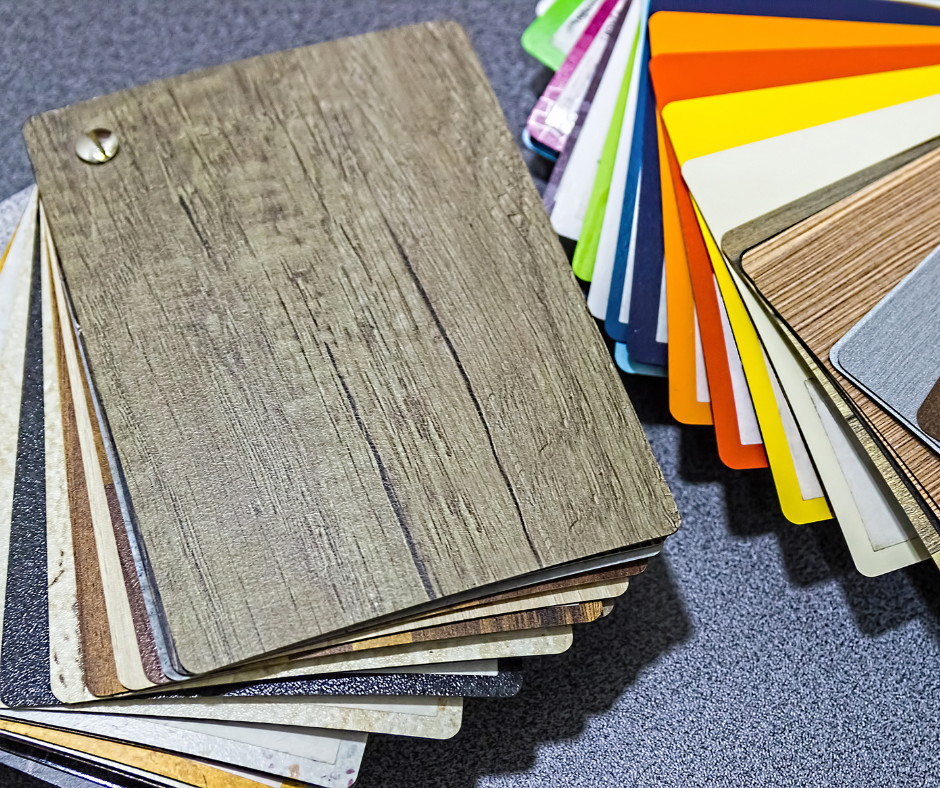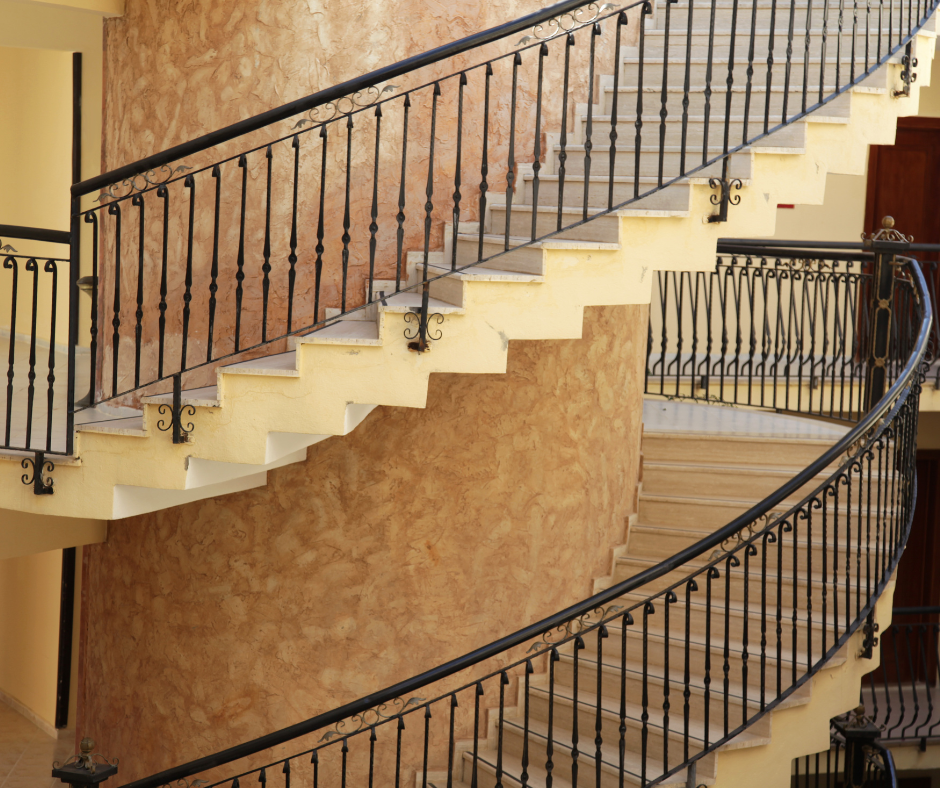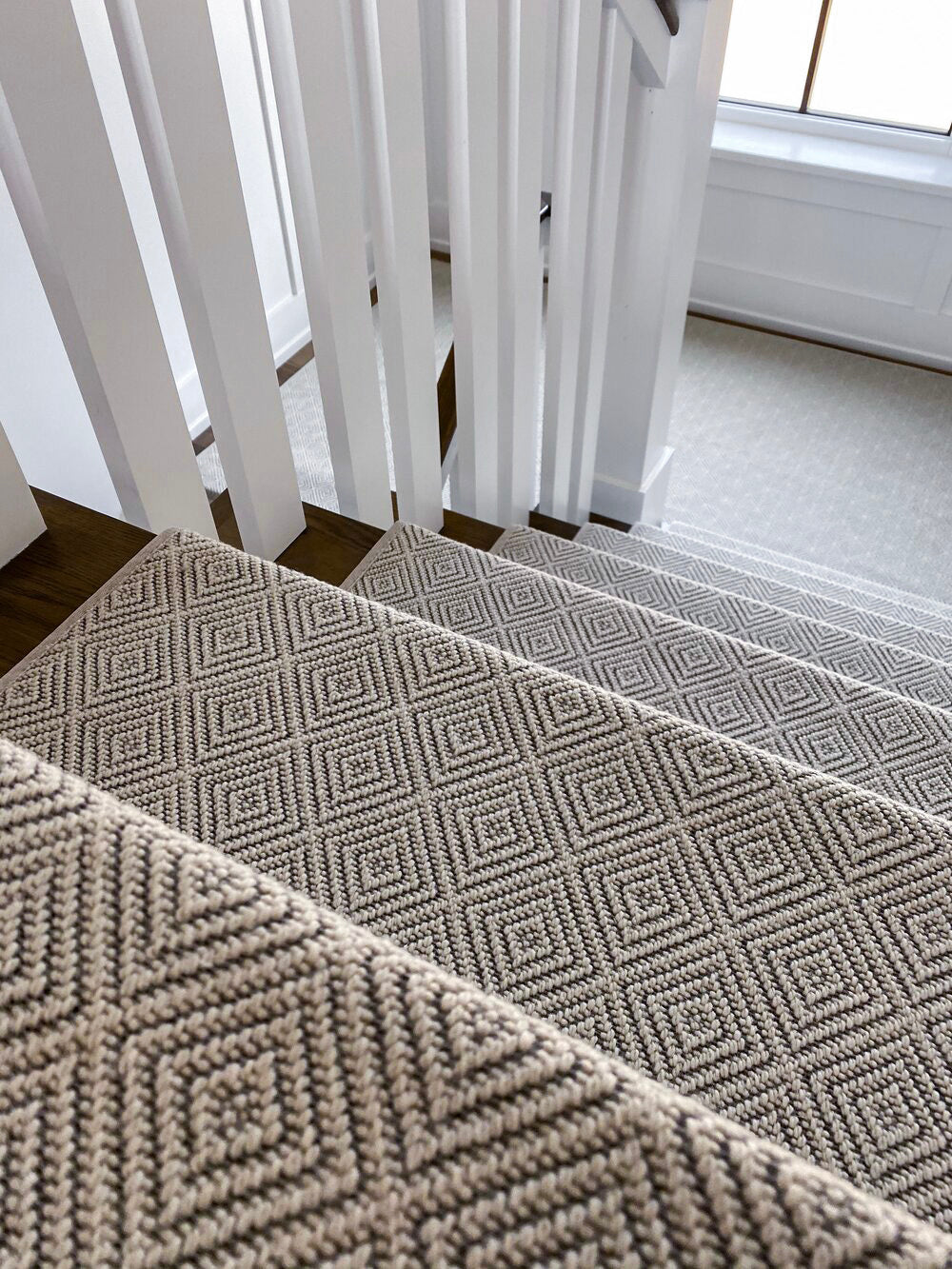Looking to upgrade your staircase without the mess or expense of a full renovation?
Luxury vinyl plank flooring stair treads are a sleek, durable solution that offers the look of real wood with the resilience and easy maintenance of vinyl.
Compared to carpet stair treads, they provide a modern, low-maintenance alternative that stands up to kids, pets, and daily wear.
In this guide, you’ll learn the key benefits of LVP stair treads, how to install them, and which design ideas work best for your home.
Whether you’re after style, safety, or simplicity, these treads deliver on all fronts.
Let’s walk through everything you need to know to create a staircase that’s both beautiful and built to last.
Why Choose Luxury Vinyl Plank for Your Stairs?
Luxury vinyl plank flooring stair treads bring serious benefits to busy homes.
They’re built tough to handle everyday wear—think kids running up and down, muddy paws, or guests visiting over the weekend.
They're also water-resistant and easy to clean, which makes them a go-to for households where spills and messes happen often.
Compared to traditional carpet treads, LVP offers a more modern, streamlined look and stays looking new longer.
This is especially important for homeowners who love clean lines, easy maintenance, and a design that can keep up with real life.
When you're deciding on the best solution for your staircase, think about the way your family moves through your home.
Are your stairs high-traffic zones?
Do you have pets or small children?
If so, these treads are built with your lifestyle in mind.
They’re not just a good option—they’re a smart one.
Pros and Cons of LVP Stair Treads
Like any home upgrade, LVP stair treads come with trade-offs.
Let’s walk through the benefits and a few potential limitations so you can make a confident decision.
The pros?
Plenty.
-
They’re scratch-resistant and long-lasting
-
You can choose from a wide range of finishes, from light oak to rich walnut
-
They require very little upkeep—just sweep or mop as needed
-
They’re resistant to moisture, stains, and spills
-
Many options are budget-friendly compared to hardwood or stone
Now, as with any material, there are a few things to consider before committing.
In terms of luxury vinyl plank stair treads pros and cons, the biggest drawback is that some finishes may become slippery, especially when wet or dusty.
This can be solved with the addition of textured finishes or anti-slip stair nosing.
Another factor is that not all LVP products are created equal.
Cheaper options may not last as long or offer the same visual impact as premium ones.
Always check for wear layers, backing material, and warranty terms when shopping.
What You’ll Need to Install LVP Stair Treads
Before you begin transforming your staircase, make sure you have the right tools and materials on hand.
This will save you time, reduce mistakes, and make your DIY project smooth from start to finish.
Tools and Materials Needed
These are the essential tools required to cut, place, and secure your luxury vinyl plank stair treads with precision and care:
-
Jigsaw – For cutting the LVP planks to match the size of each stair.
-
Measuring Tape – Ensures every cut is accurate for a snug, secure fit.
-
Construction Adhesive – A strong adhesive that holds the planks in place without nails or screws.
-
Stair Nosing – Adds a finished edge and helps protect high-traffic areas from wear.
-
Utility Knife – Useful for trimming small corners or adjusting tight edges.
-
Safety Gloves and Eye Protection – Keeps your hands and eyes safe while cutting and handling materials.
Step-by-Step Installation Guide
Follow these straightforward steps to install your LVP stair treads quickly and correctly.
Even first-time DIYers can get a professional-looking result by following this process:
-
Measure each stair carefully – Record the depth, width, and any overhangs to ensure each piece fits perfectly.
-
Cut your LVP treads – Use a jigsaw to trim each tread based on your measurements. Double-check before cutting.
-
Apply construction adhesive – Spread a generous layer of adhesive on the back of each tread for a secure hold.
-
Install stair nosing first – Place and press stair nosing into position to frame your tread and protect the edge.
-
Press each tread into place – Set each plank firmly onto the stair, applying even pressure across the surface.
-
Trim edges or corners – Use a utility knife to make fine adjustments where needed for a clean finish.
-
Allow adhesive to cure fully – Let the adhesive set based on the product’s instructions before using the stairs.
For added ease, some homeowners prefer pre-formed LVP stair tread kits, which combine the tread and riser into one piece.
This minimizes alignment issues and speeds up the install, making your staircase upgrade even more efficient.
How to Transition from Flooring to Stairs
One of the best parts about using luxury vinyl plank flooring stair treads?
They match your floors seamlessly.
To make the transition clean, choose stair nosing that blends with the color and grain of your LVP.
Square edges give you a crisp, modern look, while rounded edges offer a softer, more traditional style.
Depending on the style of LVP you’ve chosen for your floors, you’ll want your stair nosing and treads to flow naturally—without any jarring changes in pattern or tone.
This makes your whole space feel larger, more cohesive, and more thoughtfully designed.
If you’ve already installed LVP in your entryway, hallway, or living room, carrying that same look up the stairs is a beautiful way to elevate your interior design without adding complexity or cost.
Some stair treads even come as one-piece units, making installation a breeze and the results even sleeker.
Creative Ways to Style Your Stairs with LVP
Want to go beyond the basics?
Here are a few LVP stair treads ideas to inspire your next stair makeover:
-
Minimalist Look: Choose light, clean wood tones like blonde oak or whitewashed pine. Pair with square-edge stair nosing for a sleek, contemporary vibe.
-
Rustic Comfort: Go for deeper shades like weathered gray or espresso brown. Natural wood grain textures add warmth and depth—especially in farmhouse or cottage-style homes.
-
Bold Contrast: Use light-colored treads with dark stair risers, or vice versa. You can even paint or wallpaper your risers to create a subtle pop of personality.
-
Natural Flow: Continue the exact LVP from your floors onto your stairs for a smooth, uninterrupted transition that looks custom and high-end.
-
Mixed Materials: Combine LVP with painted wood railings or iron balusters to create visual interest and showcase both texture and contrast.
These lvp stair treads ideas show how versatile this material can be.
Whether you want your staircase to disappear into the background or become a focal point, LVP gives you the flexibility to do either—without compromise.
How LVP Stair Treads Compare to Other Options
When it comes to stair tread materials, you have choices—but they’re not all equal in terms of practicality.
Let’s break it down.
-
Hardwood: Beautiful but pricey. Also more prone to dents, scratches, and water damage.
-
Carpet: Cozy and quiet underfoot, but hard to clean and less durable in high-traffic homes.
-
Painted Wood: An affordable option but slippery, and paint tends to wear quickly on stairs.
-
Luxury Vinyl Plank: Combines the beauty of wood with the practicality of vinyl. Moisture-resistant, durable, low-maintenance, and available in endless styles.
This is where the value of luxury vinyl plank stair treads pros and cons really becomes clear.
The pros often outweigh the cons—especially if you choose a high-quality product and add non-slip elements for safety.
When to Choose Carpet Over LVP (And When Not To)
While LVP is an excellent choice for most households, carpet may still have a place in some staircases.
Here’s when carpet might work better:
-
If you need maximum sound absorption (like in townhomes or condos)
-
If you’re prioritizing softness for crawling toddlers or seniors with mobility issues
-
If you already have carpet in surrounding rooms and want a seamless blend
But keep in mind—modern LVP products are constantly evolving.
Many are now padded, textured, or designed to mimic not just the look of wood, but also the feel.
If you love the comfort of carpet but don’t love the upkeep, consider hybrid options or soft-finish LVP with textured nosing.
You really can have both beauty and function.
Caring for Your LVP Stair Treads
Once installed, luxury vinyl plank flooring stair treads are about as low-maintenance as it gets.
Here’s how to keep them looking their best:
-
Sweep or vacuum regularly to remove dirt and grit
-
Mop with a damp microfiber cloth (avoid soaking the surface)
-
Use a pH-neutral cleaner—no harsh chemicals or abrasives
-
Add stair protectors or rugs if you have high foot traffic or pets with claws
-
Reinforce adhesive if needed over time, especially in high-humidity environments
Following these simple steps will help your stair treads stay beautiful and functional for years to come.
They’re built to last, and with a little care, they’ll serve your family well.
Stepping It Up
Upgrading your stairs doesn’t have to feel like a major renovation.
With luxury vinyl plank flooring stair treads, you get durability, design, and DIY-friendliness all in one neat package.
Start by picking a style that fits your space, then gather the tools you need: a jigsaw, adhesive, and stair nosing.
Measure carefully, cut with confidence, and secure each piece with care.
And don’t forget—adding textured or non-slip options boosts both safety and peace of mind.
When you’re ready to turn those tired steps into something you’re proud of, Oak Valley Designs is here to help.
From swatches to support, we make sure your stair upgrade is beautiful, safe, and stress-free.
-
Website: https://oakvalleydesigns.com/
-
Phone: 706.331.0315
-
Email: info@oakvalleydesigns.com
-
Address: 30 River Ct SW Bldg E Cartersville, Ga 30120



